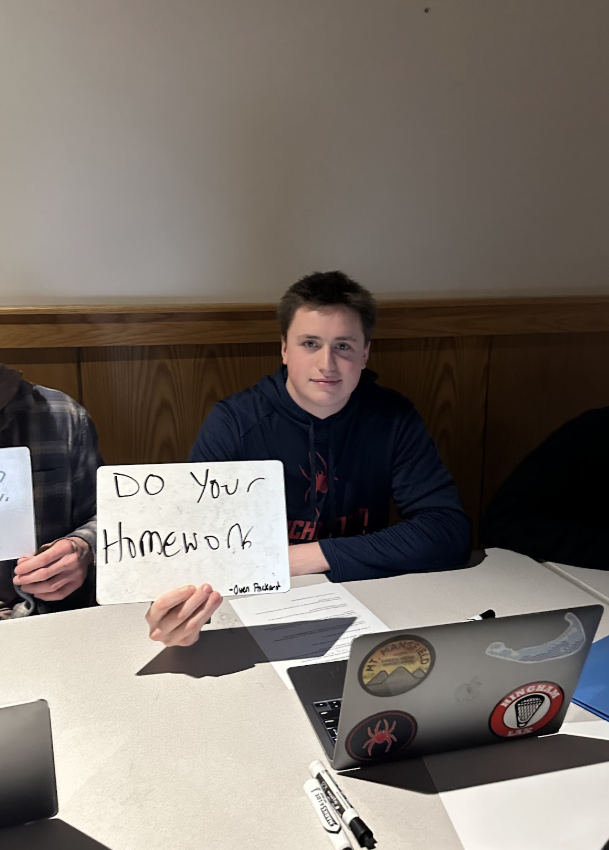Framework of Nuclear Deal With Iran

April 10, 2015
President Obama’s nuclear deal with Iran has been widely applauded and widely criticized. On Tuesday, April 7th, the CIA Chief attempted to calm the public’s fears by saying that anyone who carefully examines the agreement will understand that it will not be easy for Iran to simply go back on the deal in secret (New York Times).
Basically, the deal forces Iran to only make uranium ore to be used for power plants, a plan valid for the next 15 years. For nuclear weapons, uranium ore must be enriched by about 90%, while energy plants call for only 2% 5%. Recently, Iran was caught with ore enriched to 30%. This suggests that Iran’s leaders were ready to use it for something much worse than a power plant. Luckily, our deal limits Iran to ore of 3.7%.
A major concern of those who have spoken out against the deal is Iran’s haste on the matter. The caution is that Iranian leaders would only agree if they were planning to go ahead making bombs in secret. However, a change of leadership and a crippled economy has led to Iran’s eagerness for an agreement. The newly elected president, Hassan Rouhani, is much more agreeable and understanding than the last President.
In order to pressure Iran, the United States and the European Union have imposed crippling sanctions on the country for the past six years. Rouhani is ready to end the suffering of the Iranian people and put the economy back together. Of course, many Americans also oppose loosening sanctions because they worry what Iran will do with economic power, but everyone cannot be pleased with one deal. In order to move forward, the US has to place some sort of trust in Iran.
Ultimately, the deal will greatly limit Iran’s ability to produce nuclear weapons. Even if Rouhani were extremely eager to do so and found a secret way to produce one, the deal has prolonged the process from two months to over one year. Hopefully Iran’s enemies will not have to fear nuclear war, at least not anytime soon.































